10 Ways to Clean Thermos from Tea Plaque Inside
Content:
To wash the thermos from tea deposits inside is not an easy task, especially if the flask has not been looked after for a long time. With constant use, a stainless steel thermos needs to be cleaned at least once every two weeks, and a glass one should be cleaned every month.
By the way, the appearance of plaque is by no means a sign of poor-quality tea with the addition of artificial dyes, as many believe, but a natural process in the reaction of thein alkaloid with phenolic compounds (tannins). Unfermented tea leaves no plaque.
Mechanical methods for removing tea plaque
The easiest way to get rid of the brown plaque that remains on the walls of the thermos is to scrape it off. This can be done in different ways, but the vast majority of methods threaten to damage the flask. Abrasive particles leave scratches of different sizes and depths on the walls, the presence of which is fraught with unpleasant consequences:
- In the future, cleaning the thermos will be much more difficult. The coloring components of tea will each time eat more and more heavily into a mangled surface.
- The service life of the thermos is reduced. The likelihood of cracking a glass bulb increases if there is damage that affects its thickness. In this case, the depth of the scratches is less than 0.5 mm, but this is enough to break the glass when pouring boiling water.
Using mechanical methods of removing plaque is only in the absence of safer alternatives.
Brush
If possible, you should choose a brush with silicone pile - it practically leaves no residue. If this did not happen on the farm, a plastic one is also suitable, but before using it for its intended purpose, the hard bristled part should be wrapped with a piece of cotton fabric. This will help minimize the damage that will be caused to the flask.
Before cleaning, pour hot water into the thermos and let it sit for about half an hour so that the coating softens and more easily moves away from the walls.
Washcloth
The use of a washcloth is complicated by the fact that drinking thermoses have a very narrow neck and it is not possible to put a hand through it. You can easily fix the situation with the help of wooden chopsticks for sushi. With proper dexterity, even a child will be able to clean the flask, deftly wielding a washcloth, which is sandwiched between the sticks on one side.
People who do not know how to use exotic cutlery and do not keep them at home will have to look in the kitchen for a wooden spoon with a long and fairly thin handle. It is the end of the handle that you need to press the washcloth to the walls and bottom of the thermos.
Sand
The larger the grains of sand, the more effective it will be possible to remove plaque. Sand of a very fine fraction will be completely useless.
The procedure should be as follows:
- The sand is heated (but not heated) in a pan or in the oven.
- Thermos is filled with hot water, which is drained after a while.
- Sand is poured into the flask about half the volume.
- The thermos is closed with a lid and shaken vigorously until it is clean.
Eggshell
Ground shell works the same as sand:
- The shell, which was removed from the boiled eggs, is freed from the inner film and crushed to the state of grains a few millimeters in size.
- After 1/3 fill the thermos shell and another 1/3 - boiling water.
- Next, close the flask with a stopper and a lid, and then imitate the process of whipping oil, that is, shake the thermos with all its might, trying not to drop it.
Rice and Barley
Although cereals act on the principle of abrasives, due to the absence of sharp edges, they practically do not damage the walls of the flask. Grains must be dry, they must not be steamed beforehand.
To remove plaque, a handful of cereals is poured into the thermos (you can use only one of them or mix both), pour boiling water up to about half, then tightly close the lid and shake it. Cleaning can continue for 15 minutes - then the grains will swell. If the result is not satisfactory, the procedure is repeated one or two more times.
Salt
Very fine salt is not good - you need large, and it does not matter if it is sea or rock. It is placed in a thermos preheated with boiling water, after which it proceeds the same way as when using sand. For obvious reasons, you cannot add water to salt - it simply dissolves.
Thermos Cleaning Chemicals
Since glass is an inert material, and a protective film forms on the surface of a stainless steel, which not every caustic compound can destroy, cleaning a thermos using chemical means is preferable to mechanical.
However, you can use only food and conditionally food chemicals.
It is strictly forbidden to fill in a flask:
- "White";
- washing powder, including organic origin;
- means intended for cleaning stoves and ovens, washing glasses and mirrors, plumbing;
- caustic soda solution.
All of these substances can cause harm to health. In addition, some of them cannot be washed off completely, so traces of hazardous chemicals will enter the drink, and with it into the human body.
Brand Cleaner
The Japanese company Zojirushi, specializing in the production of thermoses, produces a tool for removing all types of plaque. One package is designed for four applications and costs about $ 10. This is not cheap, but very effective, as claimed by those who have already used such a cleaner.
The method of application is extremely simple - you need to dilute the powder with water and mix. Validity - two hours. After this time, the cleaner is poured, and the thermos is washed with a conventional dishwashing detergent.
Soda solution
The baking soda used for baking is also capable of dissolving tea plaque. You need two tablespoons with a slide for every 0.5 liters of volume. The specified amount of soda is poured into the flask and poured with boiling water, after which the thermos is clogged and left for several hours (preferably at night).
Soda eliminates not only plaque, but also the unpleasant odor that occurs after prolonged use of thermoses with a metal flask.
Lemon juice, vinegar
The advantage of lemon juice is that it does not leave a pungent odor. True, to clean one small thermos you need 3-4 lemons, which is not very budgetary.
Vinegar has a similar effect. If you don’t want to use a strongly smelling liquid, you can use citric acid instead. However, the smell of vinegar disappears very quickly if you leave the thermos open, so there is nothing to worry about if you wash the flask with this product.
The proportions per 0.5 l of water will be as follows: juice from several large lemons, or 50 ml of 9% vinegar, or 50 g of citric acid.
The solution is kept in a thermos for several hours, after which the flask is thoroughly washed so that the remaining acid does not spoil the taste of the drinks.
Denture pills
So far, such tablets are not often found on the shelves of pharmacies, but if you are lucky to get them, then removing a relatively fresh coating from the walls of the thermos will not be difficult. Consumption - one tablet per 250 ml of water. The solution is left inside the flask for 8-10 hours, after which it is rinsed with plain water with the addition of detergent for dishes.
It is absolutely not difficult to clean a thermos from tea plaque if done regularly. And, of course, you should not go to extremes by pouring and falling asleep into the flask substances that are absolutely not intended for contact with food utensils. Otherwise, you can get a beautiful clean thermos and huge health problems.
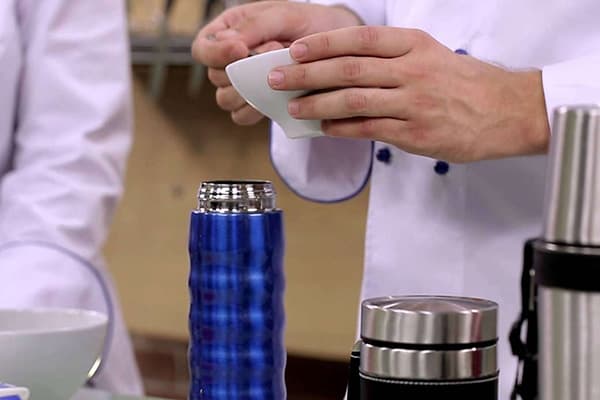
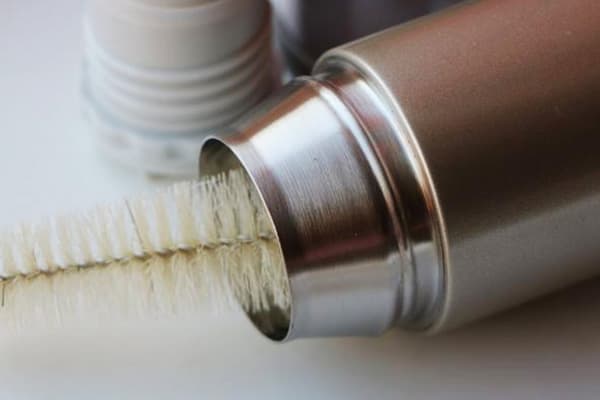
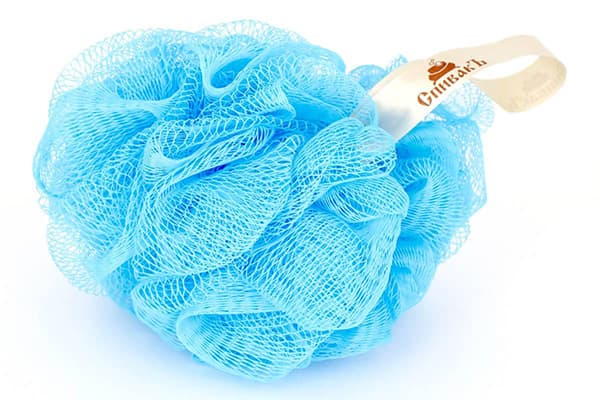
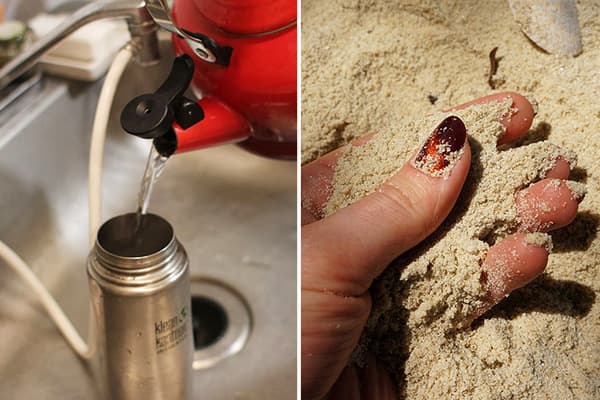
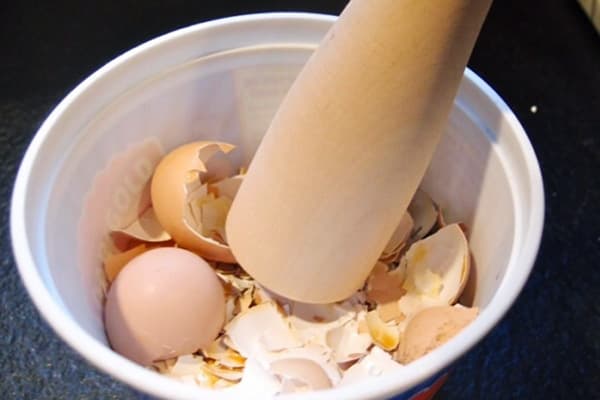
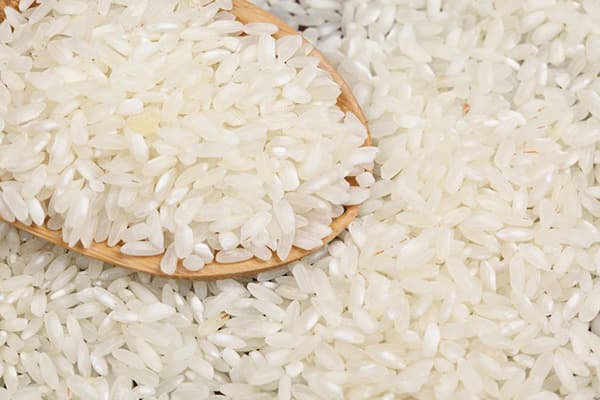
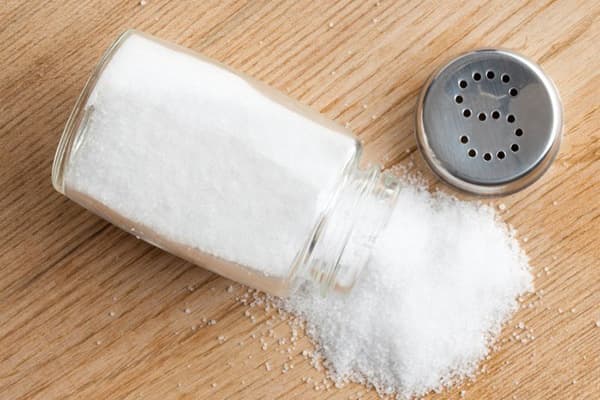
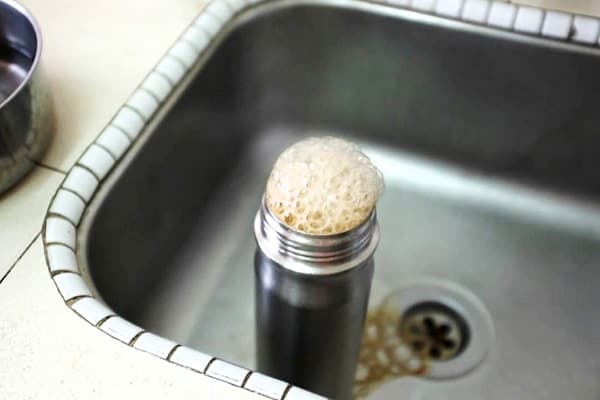
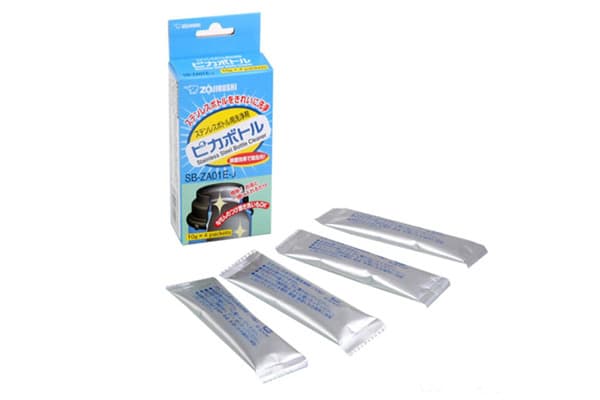
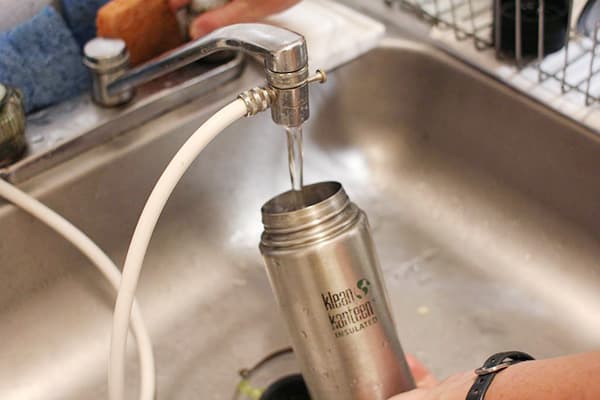
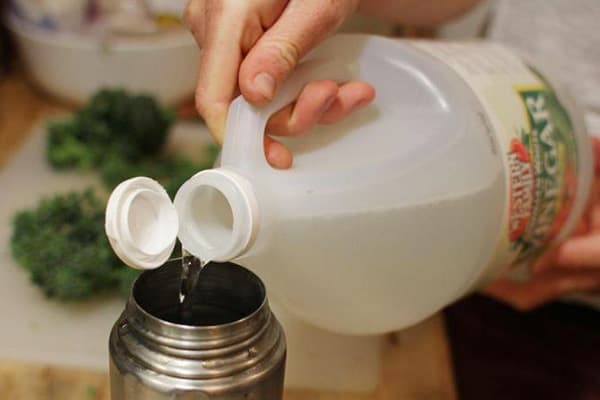
salt, sand all this garbage I take a bar 20na 20 Ml length 50 cm I wind a piece of a rag, pour 2 tablespoons of SODA and clean for 5 minutes and the thermos shines like new.
DO NOT CITY HERNIES!
just citric acid and boiling water, close and let it stand